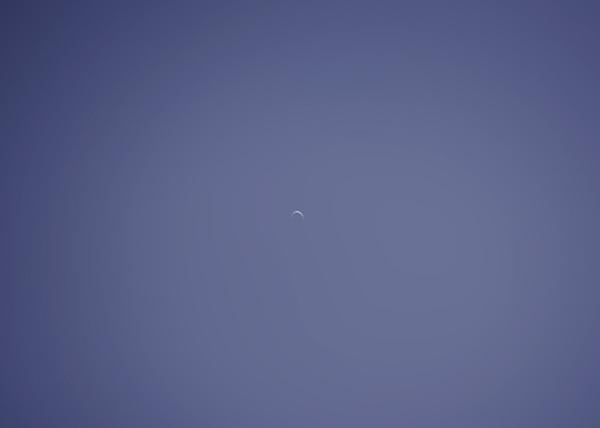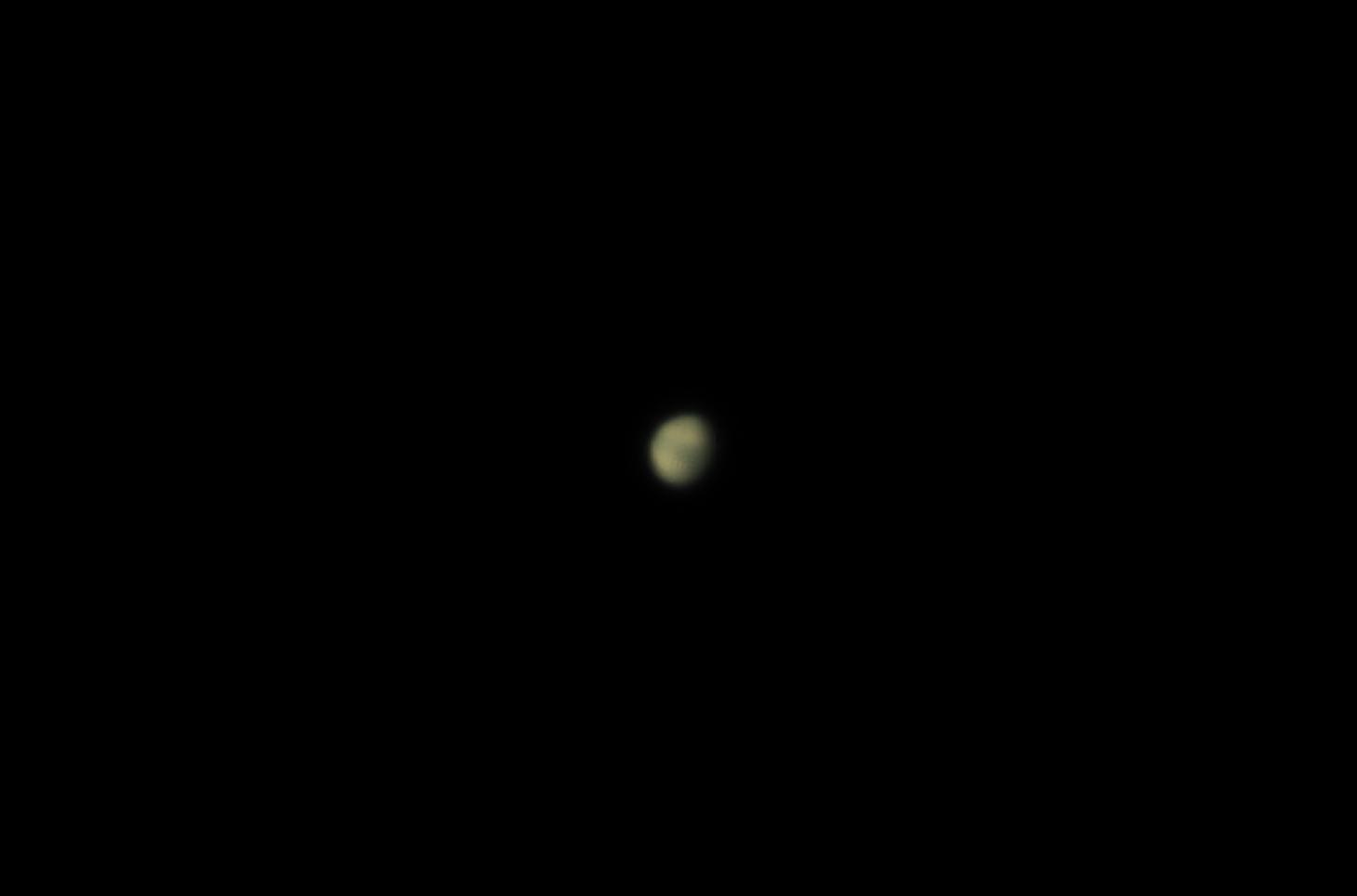The day was bright and clear. The Sun was shining and it looked like it would be a good evening to eventually try and capture a reasonable image of Mars, and do some lunar imaging before it got too full as well. In the end it turned out to be a very productive night (and day).
More of my images are on my Flickr Site:
https://www.flickr.com/photos/eagleseyeonthesky
I was quite busy that day, (life seems to have picked up big time since I “retired”, but I’m certainly not complaining), but after making the regular trip to the post office to send out some books, on the way back I decided to get the scope out that afternoon to see if I could capture Venus in the bright daylight sky. It was only 4 days before the planet reached inferior conjunction (27th October). At the time I was hunting it down, it was just 9° from the Sun, and only about 14° above my horizon.
It was certainly going to be a challenge. Luckily towards the South, there is a gap between the neighbours houses, so I had a bit of a chance. I put the 120mm Evostar refractor onto the mount and centred it on The Sun. Once I knew the light from the Sun was passing centrally through the scope, using the computer, I calibrated the mounts position on the Sun. I then sent the scope to the position of Venus. It took me quite a while to get the scope focused (as I hadn’t viewed the Sun directly) and Venus centred, but when I did, a wonderfully thin crescent presented itself, bubbling and bouncing away in the afternoon atmospheric turbulence. It was extremely bright and so beautiful to see.
After viewing for a short time, I attached my DSLR and captured a few images of Venus, to make sure I bagged at least one image.
Single DSLR Image of Venus. 120mm Evostar refractor.
Once happy I had captured a couple of acceptable images, I removed the camera and attached my ZWO ASIU120MC camera to try and take a better image. Getting the planet focused and centred on the camera chip again was even more challenging. But finally I managed to get the crescent in focus and processed to capture some avi’s. About an hour after I started, I watched as Venus slowly disappeared behind my neighbours house.
Processed avi image of Venus. 120mm Evostar refractor, ZWO ASIU120MC camera.
True to the weather forecast, for once, later in the day the skies stayed clear as the sky darkened. I set myself up near the house, so that I could get on Mars as soon as it got dark. I would have to wait until later when it passed through that gap, had I stayed where the pier is set.
I set my Celestron C11 on the mount and took a number of AVI’s of Mars.
Mars – C11 and ZWO ASIU120MC camera.
This is about the best image I could manage, given the small size of the disk and very wobbly seeing just above the neighbours roof.
By the time I finished on Mars, The Moon was now quite high in the sky, so then concentrated my efforts on imaging that. Despite a large, bright gibbous phase, some nice features were picked out nicely along the terminator.
The very bright crater Aristarchus and Schroter’s Valley.

Craters Pythagoras and Babbage .

Lunar Swirl Reiner Gamma and craters Hevelius and Cavalerius.
Bright ejecta rays around crater Kepler.
Colour saturated ejecta rays around crater Tycho.






